Most of the “rules” of cinematography and direction operate at a subconscious level, making the film flow smoothly, making it easy to interpret, and facilitating the suspension of disbelief.
You can break these rules but you need to have a reason. You should be deliberate, or you may encourage unwanted interpretations, or immediately mark your work as non-professional (which is ok only if you want it to be read as such).
Framing and composition
Types of camera shot
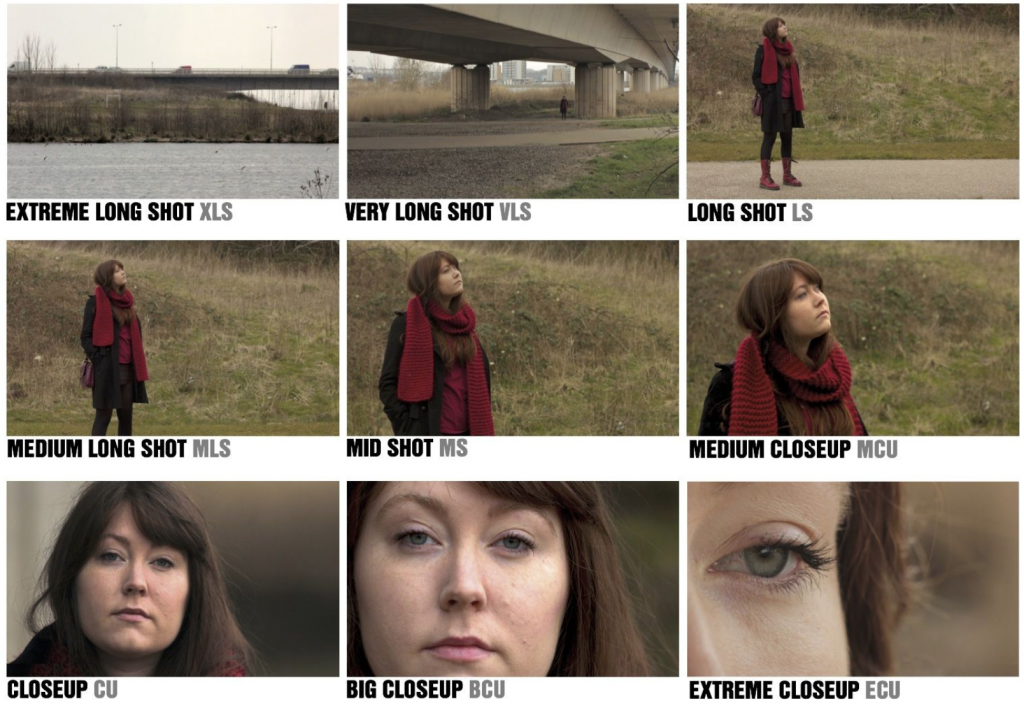
Defined in relationship to the human figure. The abbreviations are used in screenplays. More examples here
Rule of thirds
The most well known rule of composition, used in most visual arts that use rectangular frames.
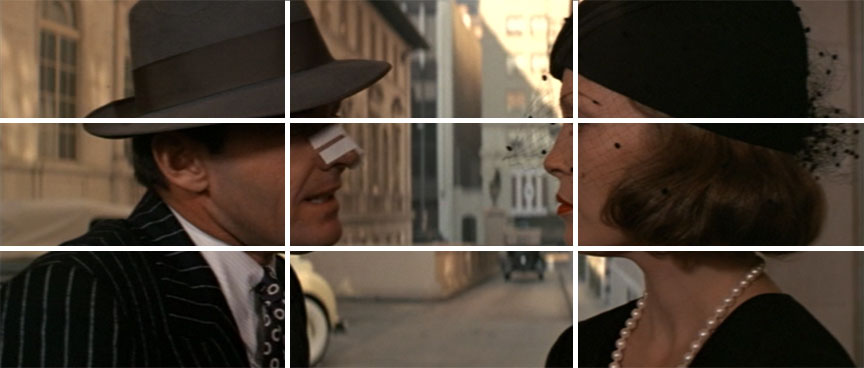
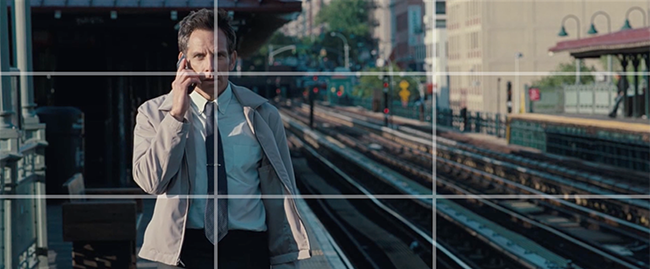
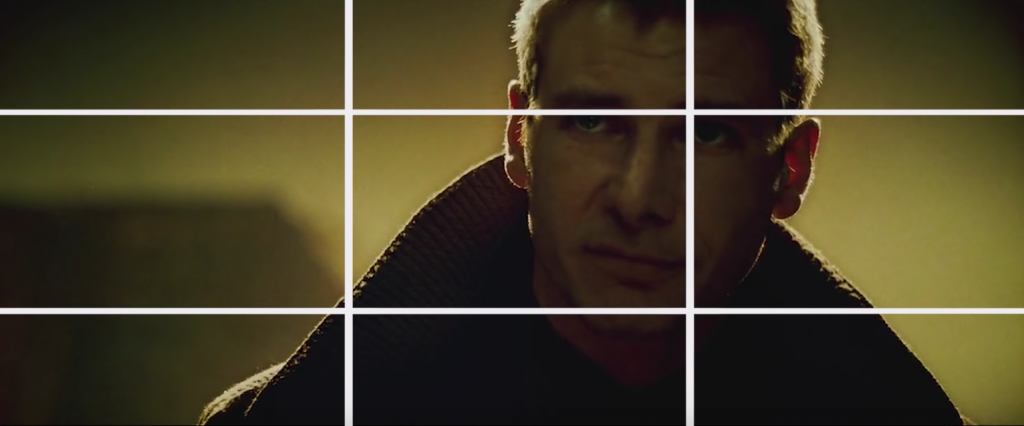
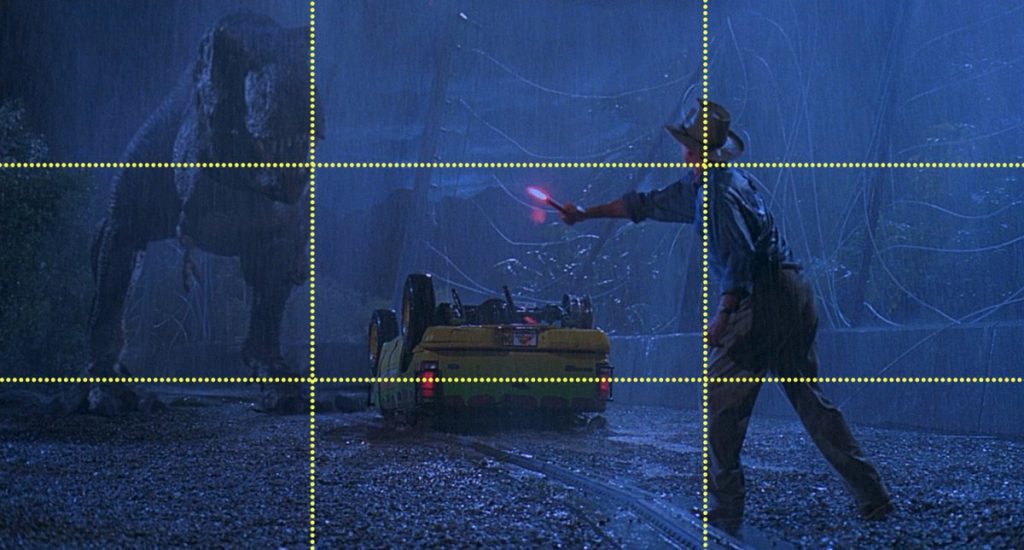
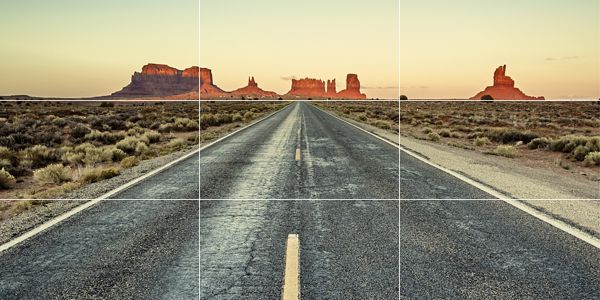
Exceptions:
Kubrick and 1 point perspective:
https://vimeo.com/89302848
Wes Anderson and symmetry:
https://vimeo.com/48425421
Is central framing just pretty and stylish? No:
http://neiloseman.com/9-uses-for-central-framing/
Mr. Robot and quadrant framing:
https://www.youtube.com/watch?time_continue=148&v=DNplQBbxjbw
Leading lines and perspective lines
Create depth, guide the gaze, anticipate the movements
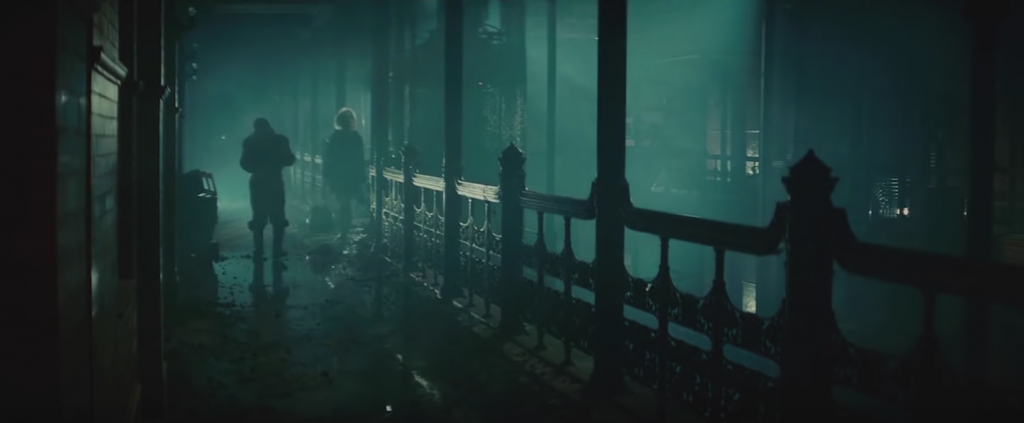
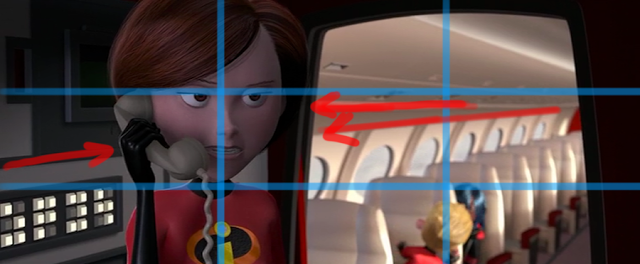
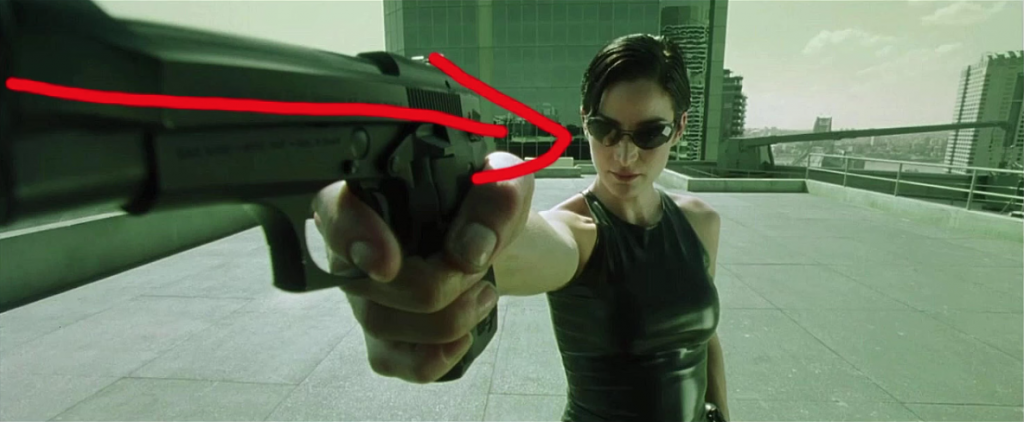
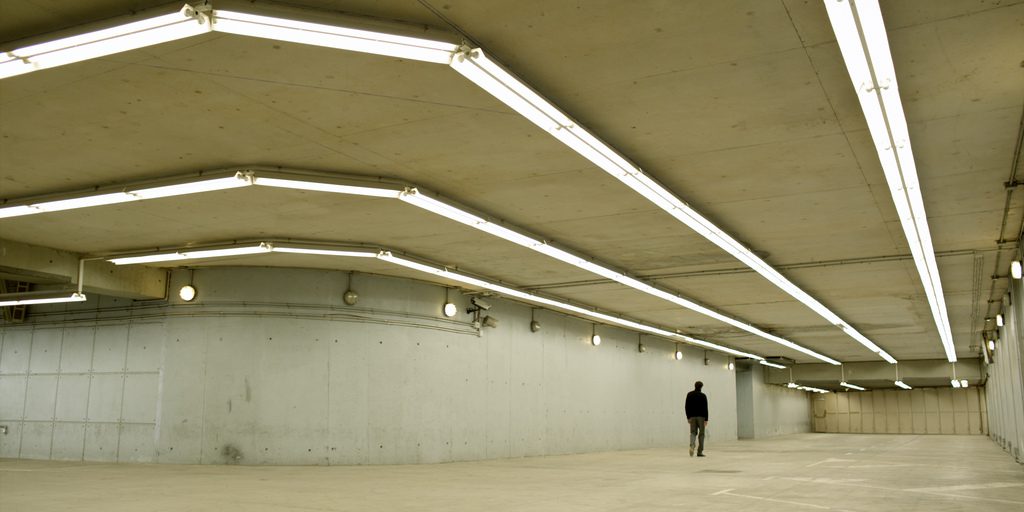
Head Room and Lead Room
Unless it’s a close up the head of your subject should not be chopped.
Make sure it’s not too close to the edge.
Too much head room can convey a sense of isolation and oppressiveness.


Lead or Nose room: leave room in front of your subject rather than behind. Especially in the direction they are moving.
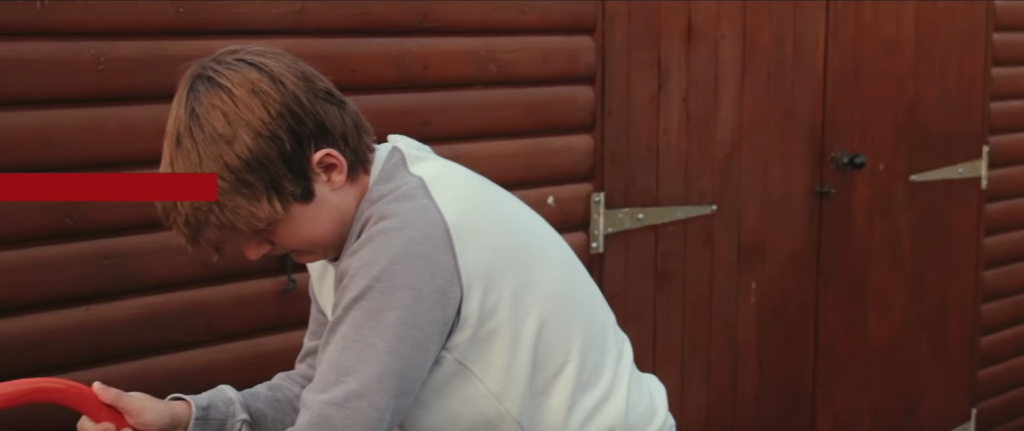

Color and Contrast
Make sure your main subject doesn’t blend with the background both in terms of color value and contrast
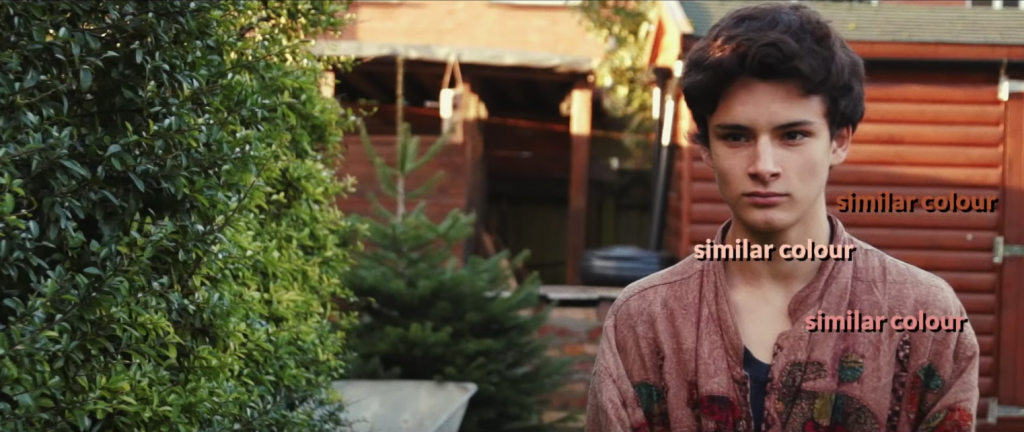
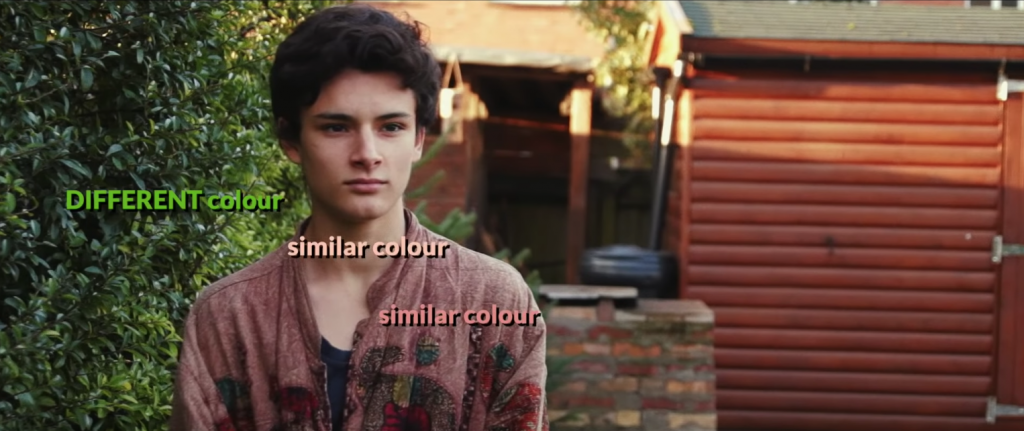
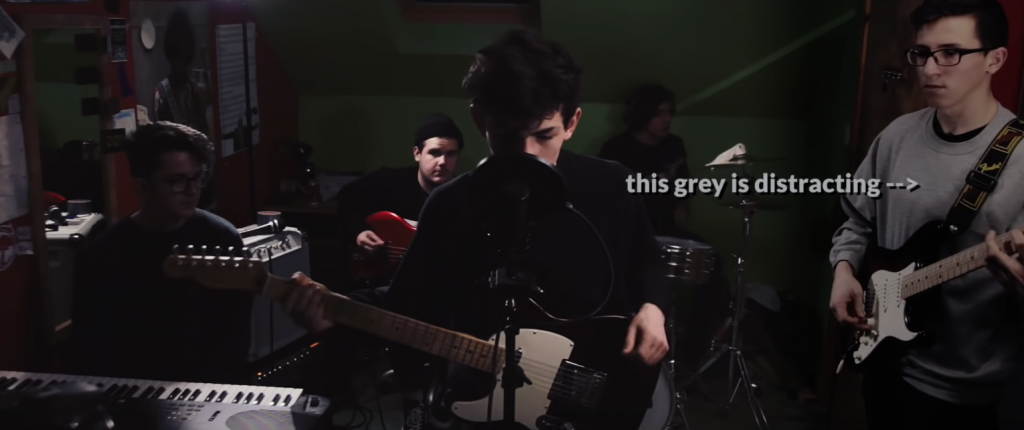
Frame within the frame
Frames appearing organically in the scene inherently attract attention, you may as well use them.
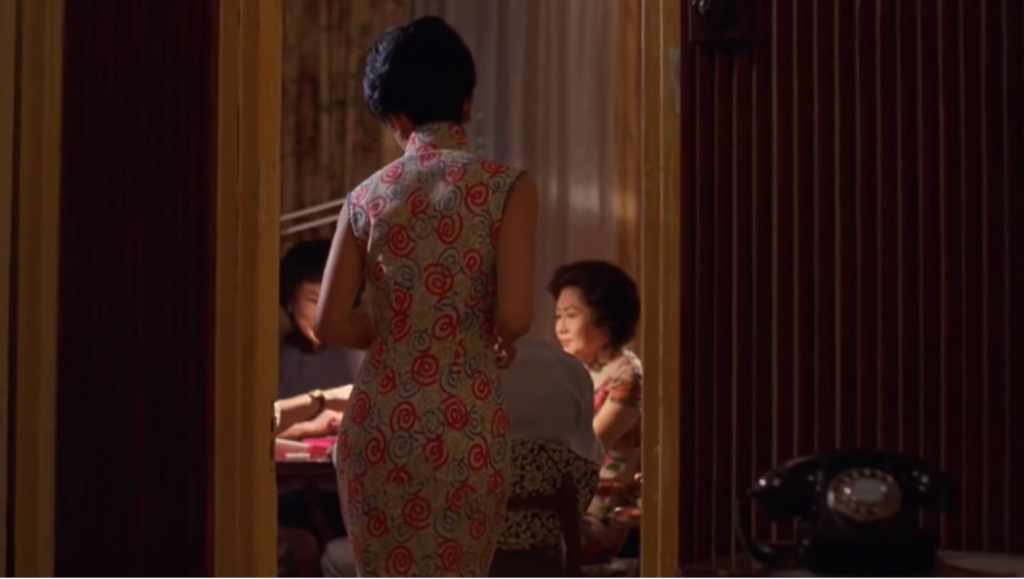
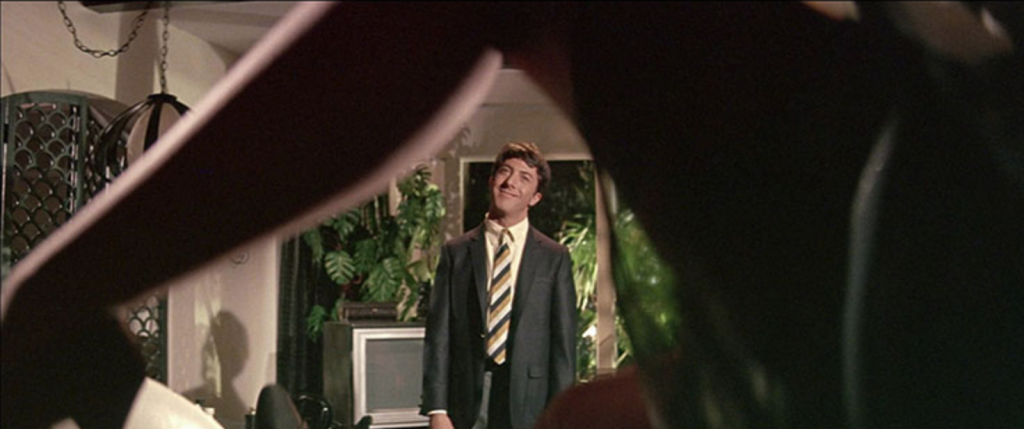
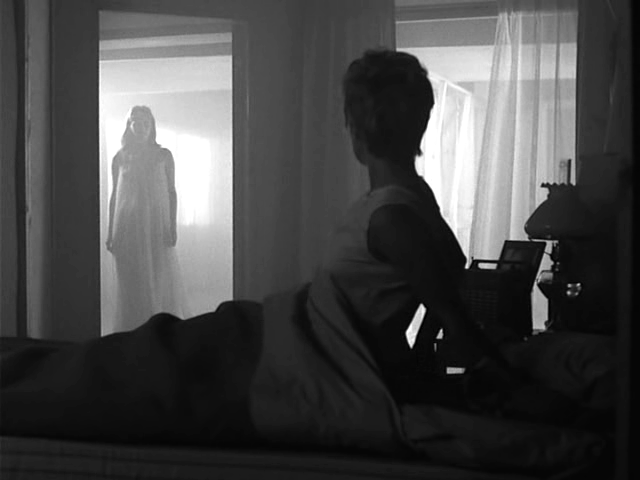
Obsessively used in Anderson’s Grand Budapest Hotel
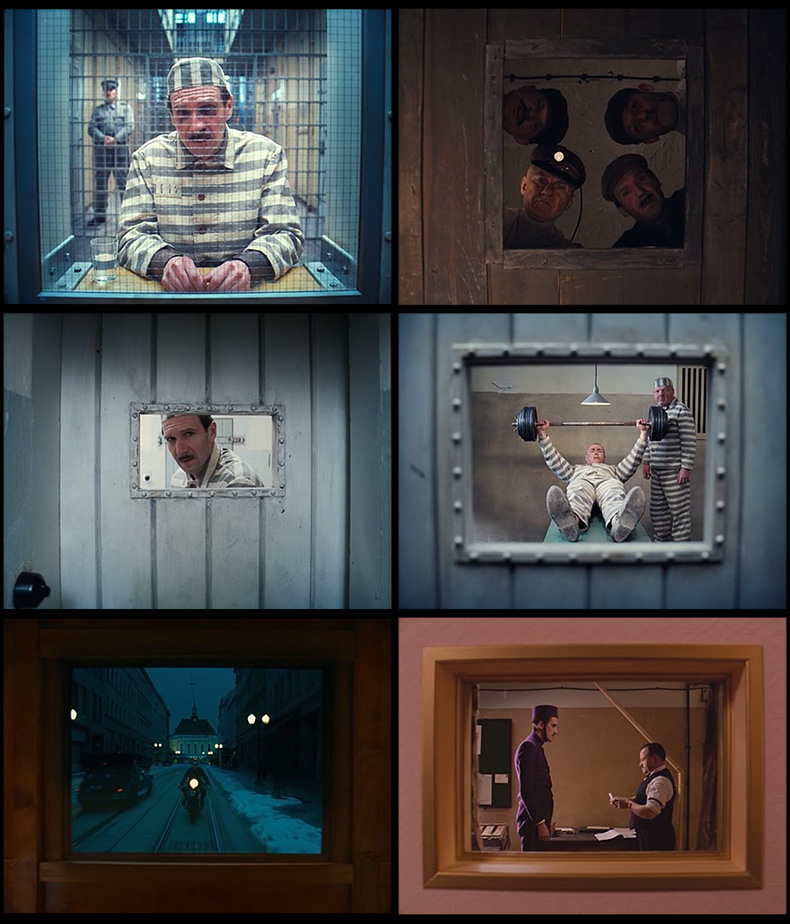
Yasujiro Ozu using architecture as framing
Expressive frame composition
The arrangement of people, objects and their relationship with the environment can be used expressively to suggest power relationships, isolation, instability, intimacy, conflicts, etc.
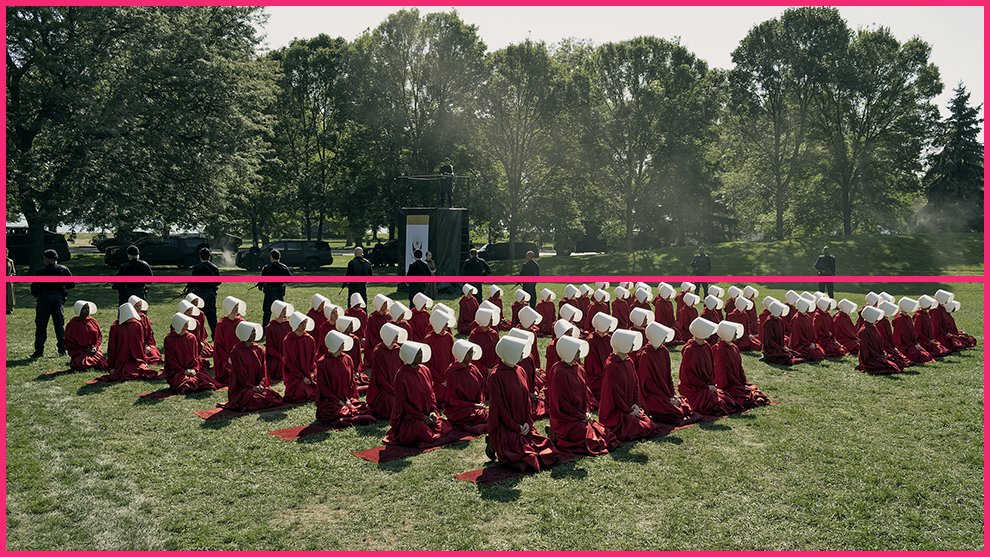
Handmaid’s tale
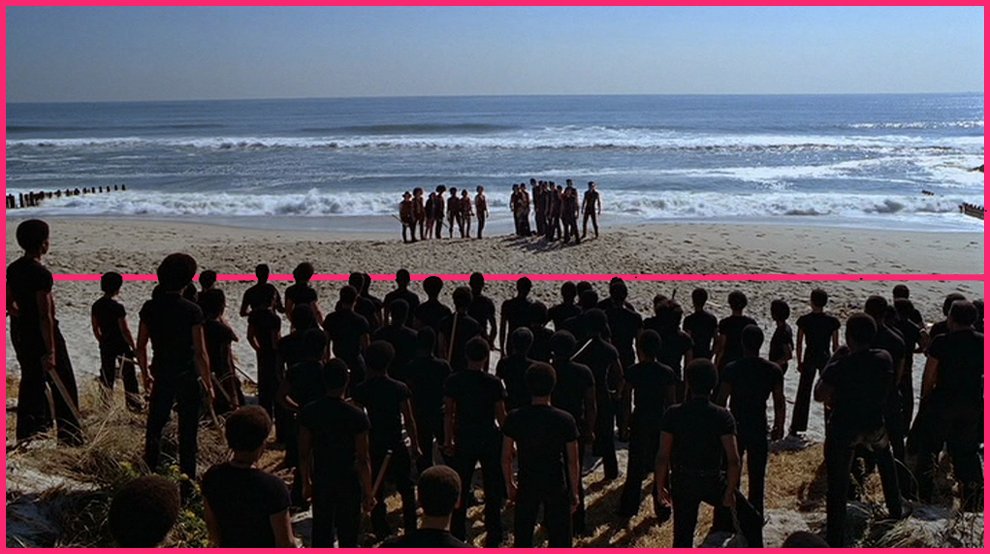 The warriors
The warriors
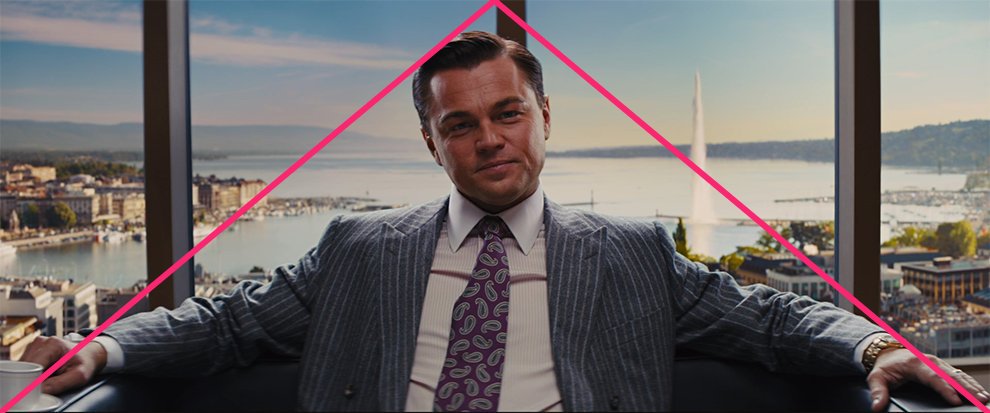
The Wolf of Wall Street
Camera Angle
You should always keep the horizon line horizontal.
The camera angle is generally used to denotes power relationships or a situation of control/distress.
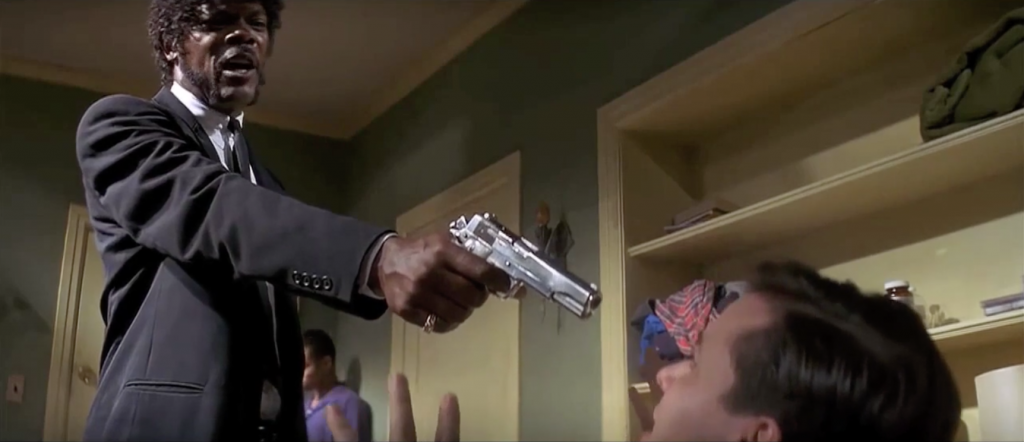
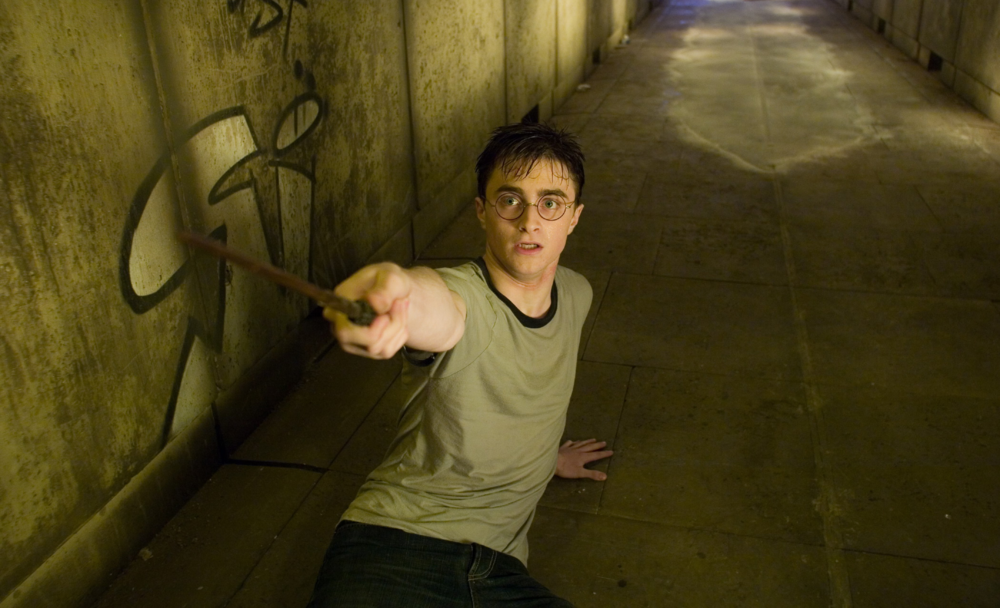
Dutch angles: you should really have a good reason for them, they are not stylish or “experimental” per se’.
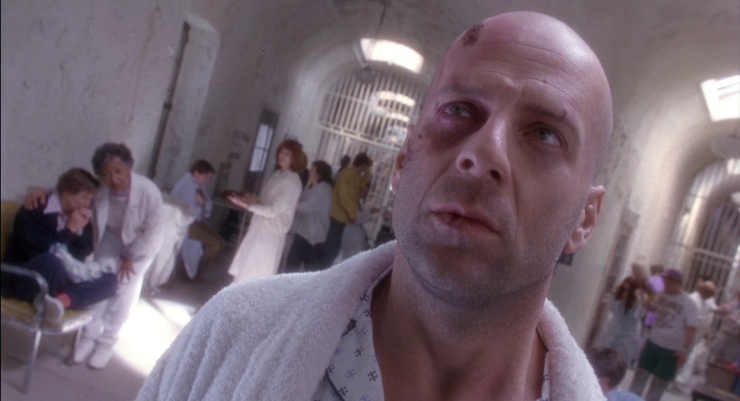
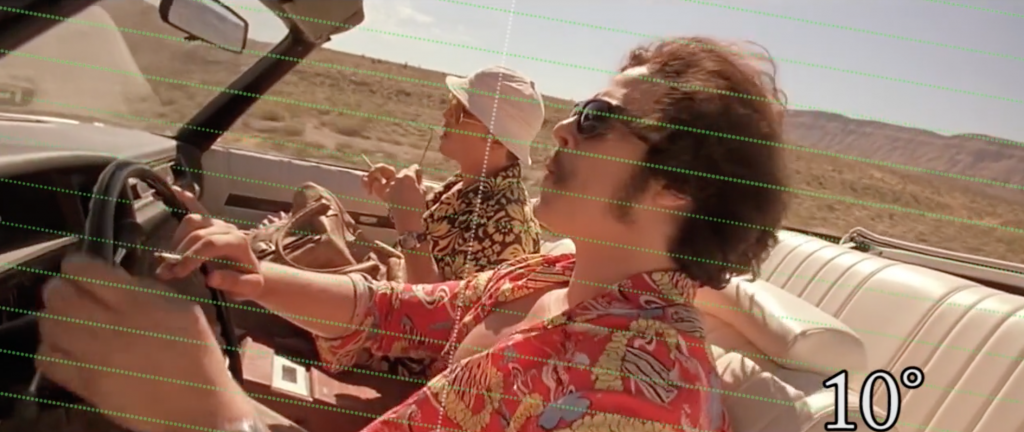
Camera movements
Another important piece of cinematic language
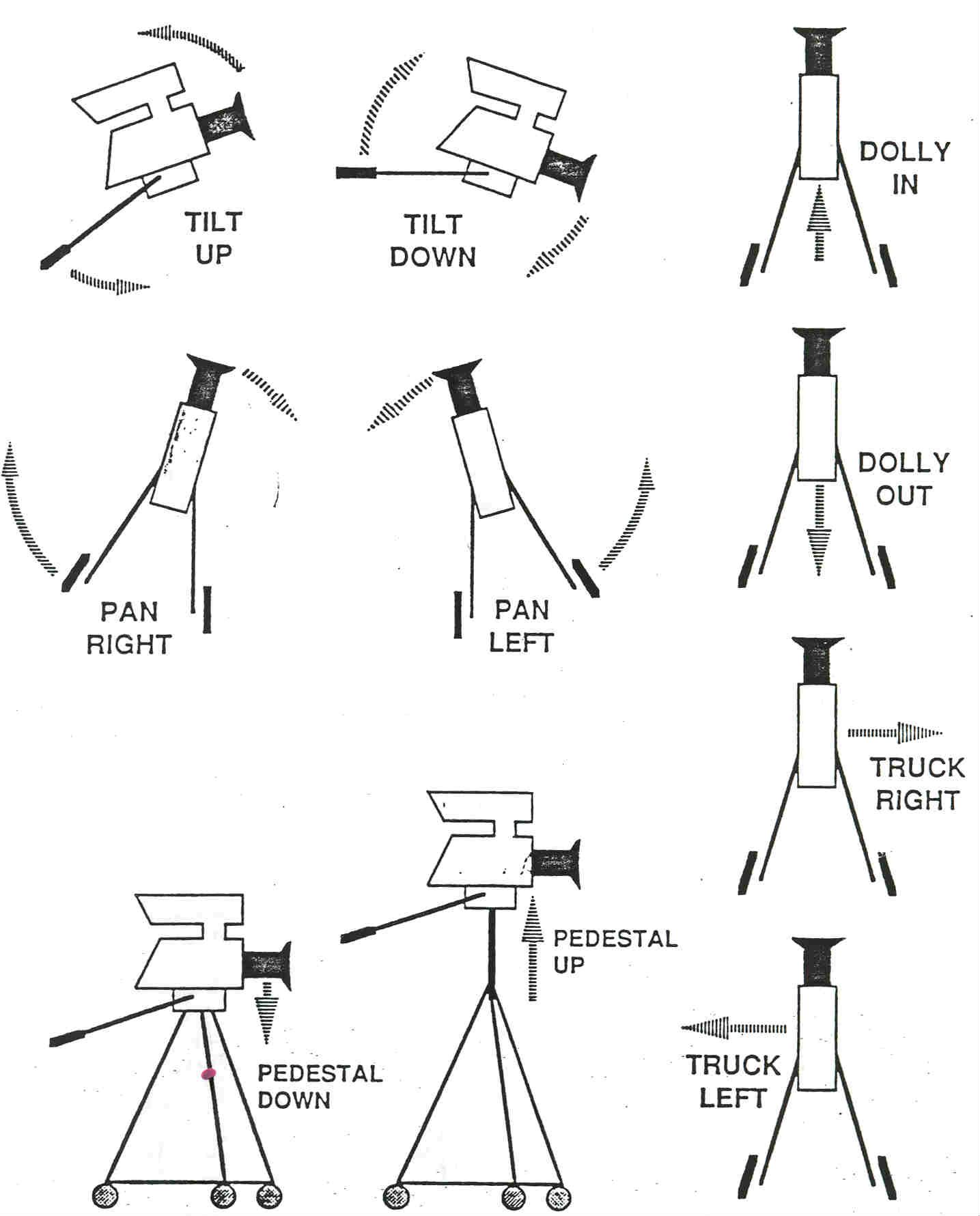
Note that “zoom in” and “zoom out” is not a camera movement and SHALL NEVER BE USED AS SUCH. You should never shoot a video in which you are adjusting the zoom unless you want to give a first person view of the process of taking pictures or making a dolly zoom (please don’t):
Tilt and pan are the only movements you can attempt with a fluid head tripod.
For the rest, as a general rule don’t rely on camera movements in your work because they require equipment we don’t have and that you will never use:
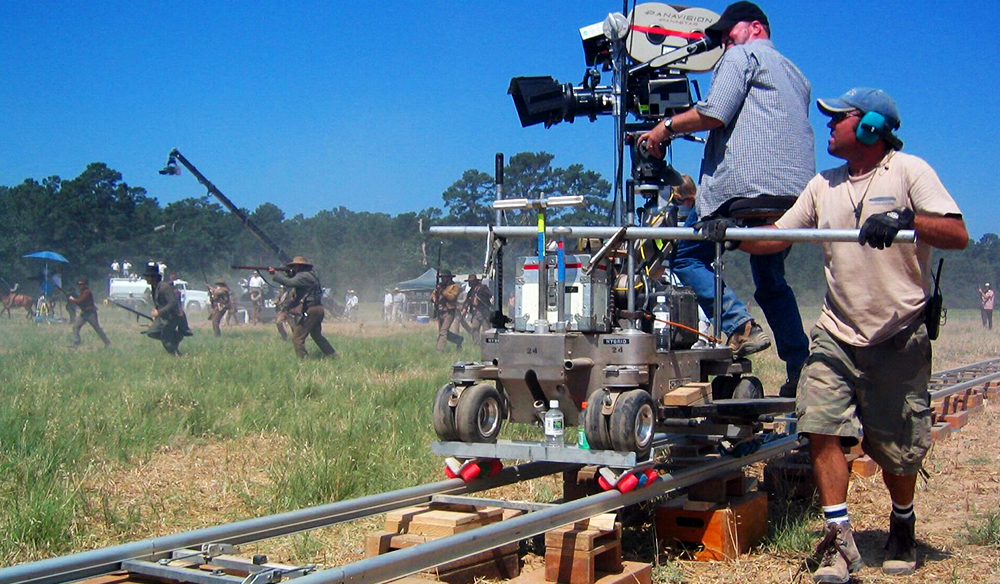
There are low end dolly you may get your hands on at some point but even those require a lot of preparation.
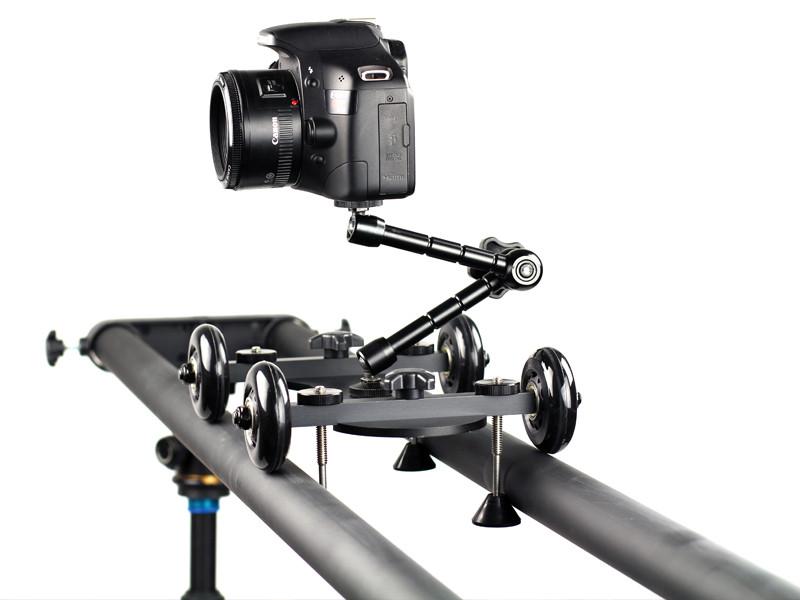
Don’t shoot without a tripod or monopod unless you have no alternatives or it’s relevant to what you are doing (simulating a shaky amateur or journalistic video).
When you see a handheld camera movement in movies or tv it’s usually shoulder supported or a steadicam
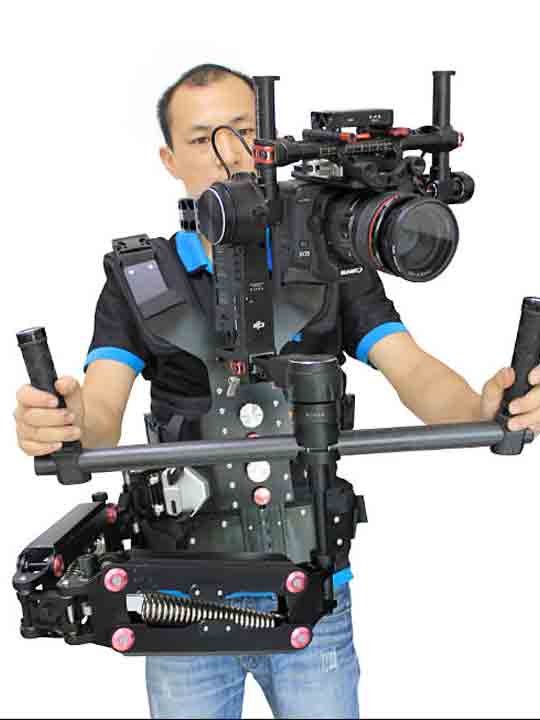
There are small camera stabilizers, rigs and gimbal you may be able to access. They look like this:
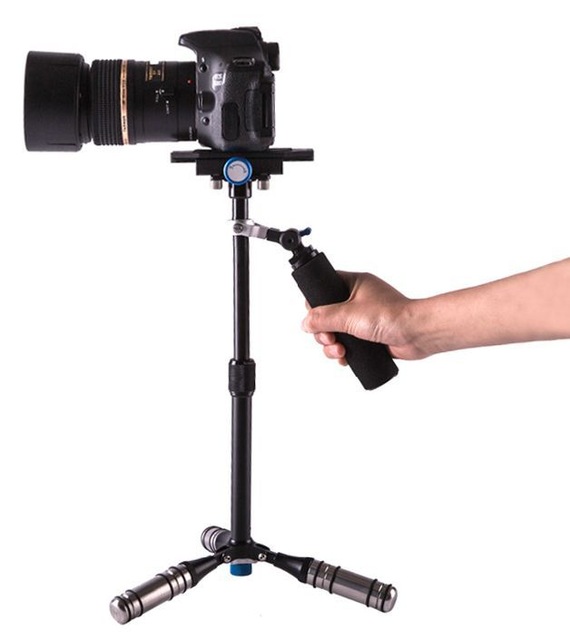

And of course you can make your own
Lighting
Before we do the 3-point lighting demonstration, let’s check the basics. Sorry, two other dudes explaining everything.
Bonus:
Color Correction and Color Grading
Little in-class demo
